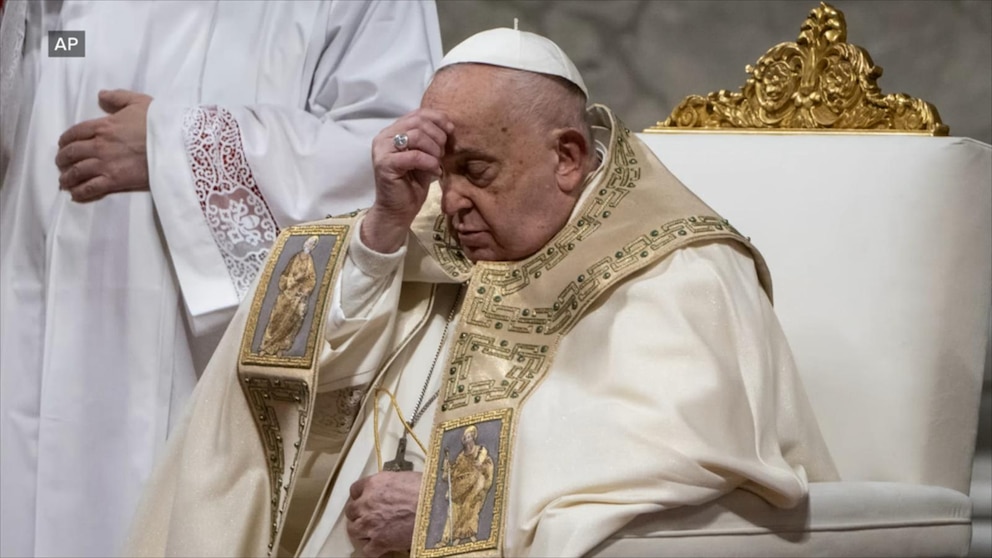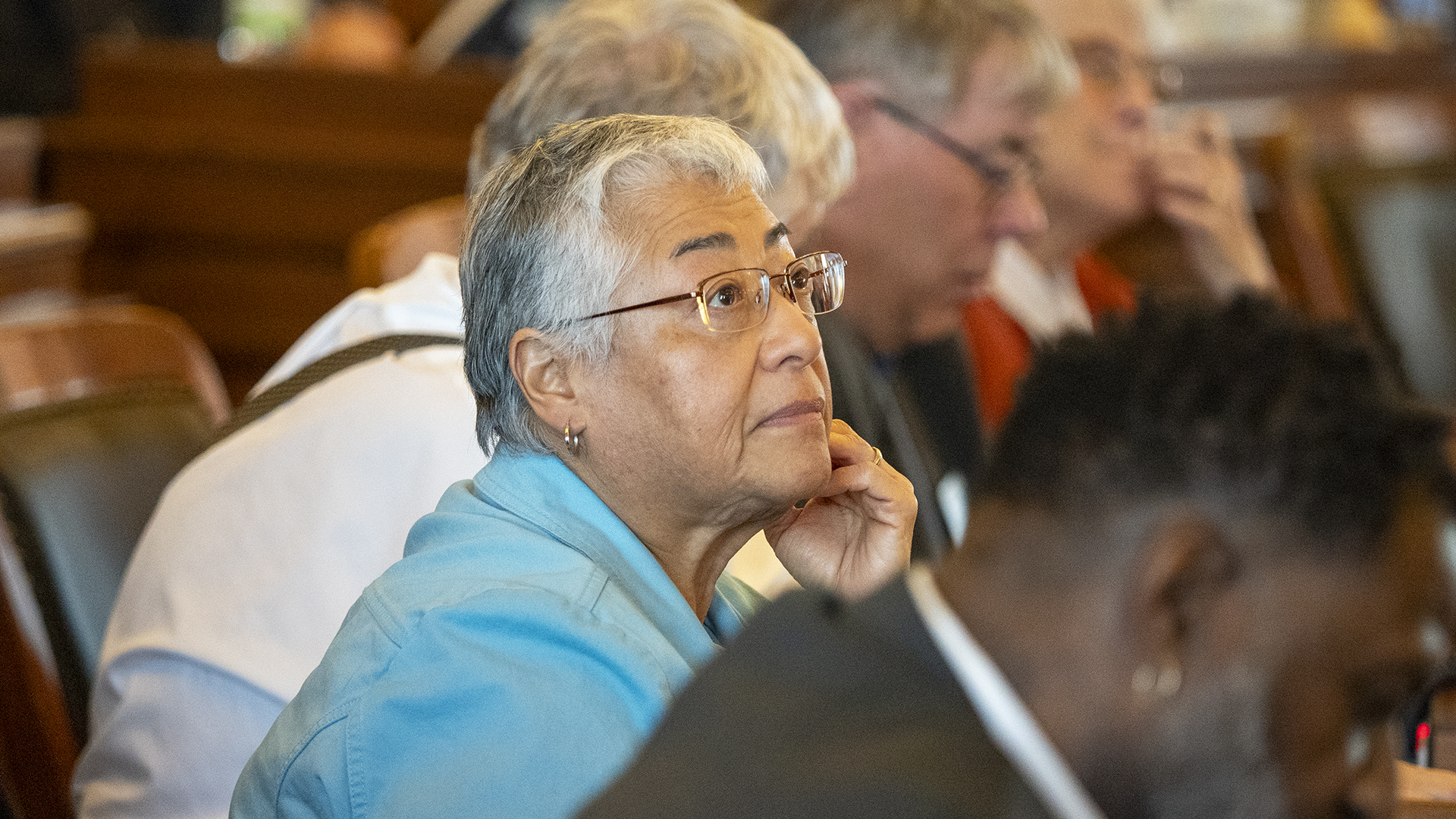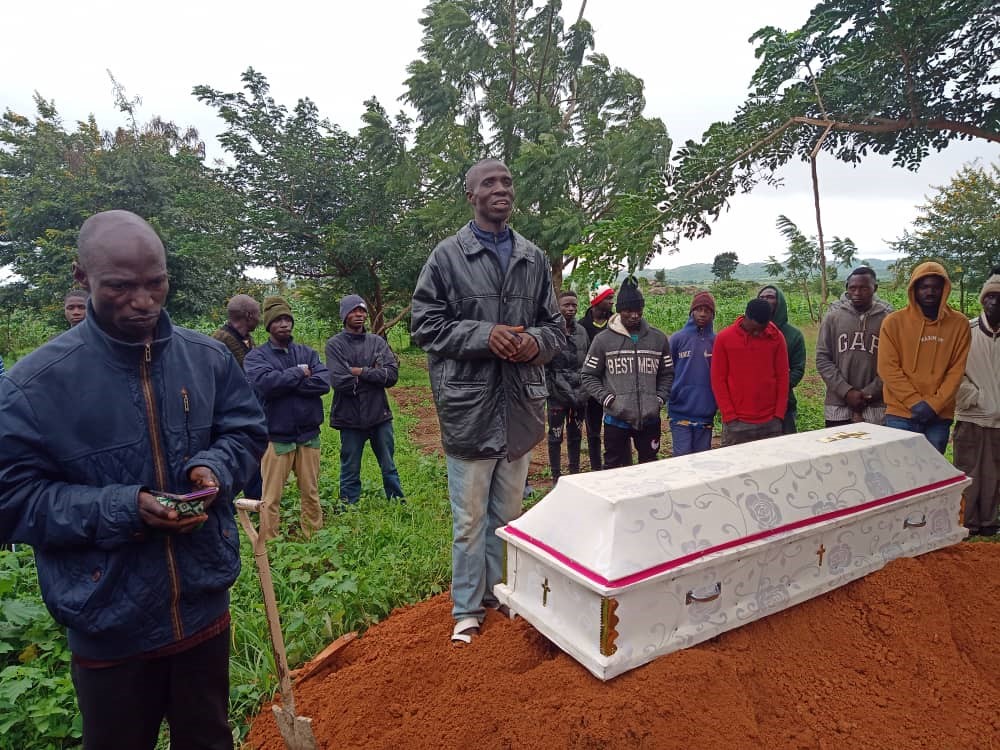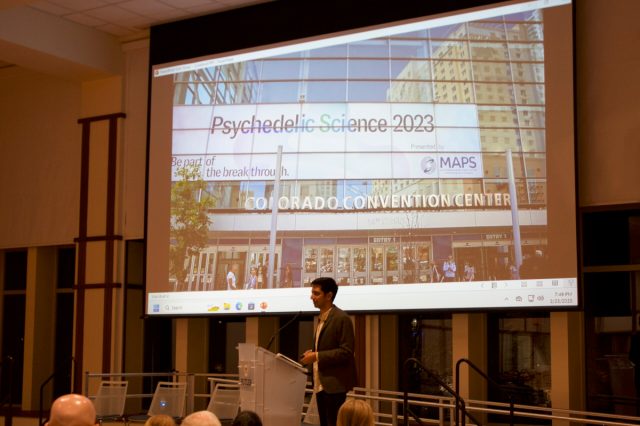Faith in the Classroom: How Fort Bend Schools Embrace Religious Dialogue
Religion
2025-03-20 11:00:00Content

Fort Bend Independent School District stands at a critical crossroads regarding religious diversity and inclusive educational practices. Rather than implementing policies that potentially marginalize or suppress students' diverse religious backgrounds, the district should embrace a more nuanced, respectful approach to understanding religious differences.
True educational excellence goes beyond standardized curriculum; it requires creating an environment where students from all faith traditions feel valued, heard, and supported. By fostering genuine dialogue and mutual understanding, schools can transform potential points of cultural tension into opportunities for learning and growth.
The current approach seems to overlook the rich tapestry of religious experiences within our community. Students should be encouraged to explore and appreciate different belief systems, not through indoctrination, but through open, thoughtful discussions that promote empathy and critical thinking.
Meaningful religious diversity isn't about enforcing a singular perspective, but about creating spaces where multiple viewpoints can coexist with mutual respect. Fort Bend ISD has a unique opportunity to model inclusive practices that prepare students for our increasingly interconnected, multicultural world.
Leadership must prioritize policies that protect religious freedom, celebrate cultural differences, and teach students the importance of understanding perspectives beyond their own immediate experience. This approach doesn't just benefit individual students—it strengthens our entire community's social fabric.
Religious Diversity in Education: Navigating the Delicate Balance of Inclusion and Respect
In the complex landscape of modern educational institutions, the conversation surrounding religious diversity has become increasingly nuanced and critical. School districts across the United States are grappling with the challenging task of creating inclusive environments that respect multiple belief systems while maintaining educational integrity and neutrality.Challenging the Boundaries of Religious Expression in Public Education
The Complexity of Religious Representation
Educational institutions face unprecedented challenges in addressing religious diversity. The delicate balance between acknowledging students' cultural backgrounds and maintaining secular educational standards requires sophisticated, thoughtful approaches. Fort Bend Independent School District represents a microcosm of broader national discussions about religious inclusivity, navigating intricate social dynamics that demand careful consideration and strategic implementation. Administrators must recognize that religious diversity extends far beyond simple tolerance. It requires deep understanding, genuine respect, and proactive engagement with various belief systems. This approach demands comprehensive training for educators, developing curriculum that acknowledges multiple perspectives without promoting specific religious ideologies.Institutional Policies and Cultural Sensitivity
Developing robust policies that protect religious freedoms while maintaining educational neutrality represents a complex administrative challenge. School districts must create frameworks that allow students to express their cultural and religious identities without compromising academic standards or creating divisive environments. Effective strategies involve creating dialogue spaces, implementing cultural competency training, and developing curricula that authentically represent diverse religious experiences. These approaches require nuanced understanding of constitutional boundaries, educational ethics, and community dynamics.Legal and Ethical Considerations
Constitutional protections surrounding religious expression in public educational settings demand sophisticated legal interpretations. School districts must carefully navigate First Amendment rights, ensuring that neither religious suppression nor inappropriate promotion occurs within educational environments. Legal precedents suggest that schools must maintain viewpoint neutrality while respecting individual students' rights to religious expression. This requires ongoing legal consultation, periodic policy reviews, and adaptive administrative approaches that respond to evolving social landscapes.Community Engagement and Collaborative Solutions
Meaningful progress in religious diversity requires active community participation. School districts must develop transparent communication channels, host community dialogues, and create collaborative platforms that allow diverse stakeholders to contribute to policy development. Engagement strategies might include multicultural advisory boards, interfaith dialogue sessions, and community workshops that promote mutual understanding and respect. These initiatives help break down cultural barriers and create more inclusive educational environments.Educational Impact of Religious Diversity
Embracing religious diversity offers profound educational opportunities. Students exposed to multiple perspectives develop critical thinking skills, cultural competence, and broader worldviews. By creating environments that genuinely respect different belief systems, educational institutions prepare students for increasingly globalized, interconnected societies. Curriculum design plays a crucial role in this process, integrating comparative religious studies, promoting empathy, and challenging stereotypical thinking. These approaches transform potential sources of conflict into meaningful learning experiences.Technological and Global Perspectives
Digital platforms and global connectivity have transformed how religious diversity is understood and experienced. Educational institutions must leverage technological tools to create more inclusive, interactive learning environments that transcend traditional cultural boundaries. Advanced digital resources can provide nuanced, contextual understanding of different religious traditions, promoting genuine cross-cultural dialogue and mutual respect. This approach requires ongoing technological innovation and pedagogical creativity.RELATED NEWS
Religion

From Coast to Coast: Ukrainian Catholic Leader's Urgent American Mission
2025-02-25 23:06:25
Religion

Pope Francis Navigates Turbulent Waters: Insider Reveals Critical Crossroads
2025-02-25 17:05:41






